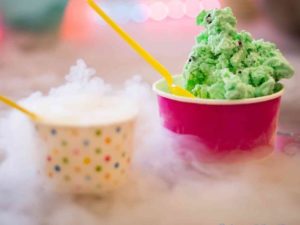IT’S NATIONAL SCIENCE WEEK
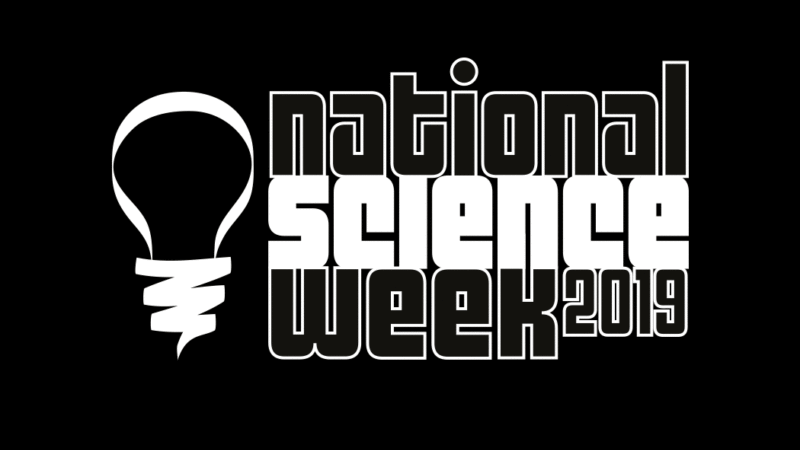
You don’t need to wear a lab coat to do science. Are you curious about the world?
Share in, discover, and contribute to the excitement during National Science Week this August. The future is for everyone to create, and science is helping to build the future. So engage with science, and get involved in shaping our bright, collective future. Discuss, create and invent with us, because science is for everyone, including YOU!
SCIENCE HEROES
Meet some of the heroes of science. Once upon a time, they were just like you. Now, they’re solving problems, saving the world, and doing really cool stuff!
Meet: Ash Franks
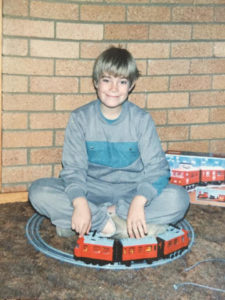
What did you want to be when you grew up?
A train driver! My grandfather was one.
Why the switch to science?
I always enjoyed the puzzles, the idea of discovery, and always learning something new. My mum was a biology teacher so we had lots of animals around, like axolotls (salamanders), and sometimes even dissected snails at home.
What science do you do?
I look at POO! I get poo in little tubes from cows, mice and humans, then extract the DNA so that I can find out what bacteria are living inside the gut. I also grow lots of bacteria in my lab so I can learn how they behave.
I also look at the interactions of microbes (like bacteria) plants, soils, sewer systems and submarines.
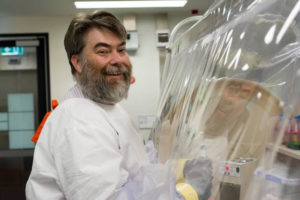
Meet: Gail Iles

What did you want to be when you grew up?
I have always wanted to be an astronaut. I don’t remember a time when I didn’t want to be one. I still dream of going into space.
What do you do now?
Today I am a lecturer in physics. My work is split into 3 main areas – teaching, research and engagement. I teach mechanics to first years and nuclear physics to 3rd years. Some of my students work on special research projects with me. I research the structure of matter and how atoms move in interesting materials like magnets and what aeroplanes are made of. For engagement I talk about my research at scientific conferences, I run fun activities at schools and I encourage RMIT students to join cool clubs like the rocket team.
Why do you love science?
I love science because we don’t have the answers. There is an element of the unknown in everything we do. There’s no right or wrong, just new. I love science because its bigger than you or me, bigger than politics or society – it describes everything – the world, the galaxy, how stars form and where our entire universe came from. Science is all about the big picture.
What’s the coolest thing about your job?
The coolest thing about my job is not the nuclear reactor or the electrons whizzing around at close to the speed of light, it’s designing experiments to be launched on rockets and then modifying them to fly in space. I’ve done experiments in Zero-G on the ‘vomit comet’ and that was VERY cool. One day I hope to do my experiments on the International Space Station – then I’ll be one step closer to my dream of being an astronaut!
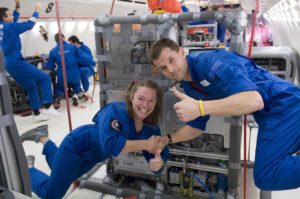
Meet: Elisa Hill

What did you want to be when you grew up?
I’ve always been really interested in the brain and how it works. I wanted to know what the different parts did.
What do you do now?
I lead a laboratory that looks at the gut-brain axis. There are trillions of microbes (like bacteria) living in your gut, and did you know they can influence your brain? I look at how the nervous system interacts with these microbes when people are healthy and sick. It’s basically like a second brain! Every day I work with young people who are studying and help them do experiments so that we can find out how this second brain works.
Why do you love science?
Because you get to do something new every day – something no one has ever done before! I also love generating new ideas to help people. I also mix science with art. Sometimes the results are beautiful (like images of cells) and are good enough to go on the wall of an art gallery.
So do you look at poo too?
To see what microbes are in the gut, I collect poo samples from mice. I have a lot of mice that have the same diseases as humans and look at the poo from different places in the gut to see what’s different to poo from healthy mice. What microbes grow inside?
Fun fact: the smelliest poo comes from the caecum, where the small and large intestines meet.
Meet: Rachel Webster
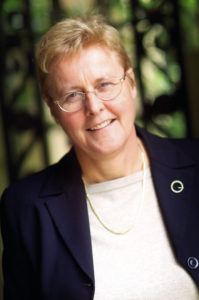
What did you want to be when you grew up?
At an early age, in about grade 3, I decided that I really enjoyed Maths, and I discovered that it was common to study Physics and Chemistry with Maths. I didn’t really know what they were, but I was interested whenever opportunities came up to study topics in these areas. Later in about grade 9, I started to look at the night sky quite seriously, and so when I heard a lecture on cosmology later on I was completely hooked.
What do you do now?
I am a professor in Astronomy. I teach astronomy at university, but I also research questions about the structure of some of the fascinating objects in the universe, such as black holes. This means that I use telescopes to observe those objects, both by taking an image as well as a spectrum of the light coming from them. We obtain a spectrum when we break the light up into its different wavelengths and look at the amount of light at each wavelength, much as you would do with a prism.
Why do you love science?
When you are looking at something halfway across the universe, it is not possible to see it in detail. It is much too far away. So we have to take the information from both the images and spectra, and try to deduce what is happening. I think of it as a bit like a detective story, where you have lots of questions, but only a few clues, and you have to fit the story together. At the same time obey the laws of physics. Our natural world is much more interesting and challenging to understand than any problem that we humans can construct!
Meet: David Farmer
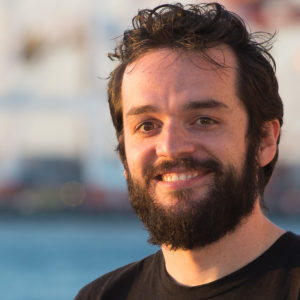
What did you want to be when you grew up?
At school, I once wrote an essay on this topic. I wrote that I wanted to be comedian. I received a B, possibly to encourage me to aspire more (a) loftily or (b) conventionally.
What do you do now?
These days, I am a grown-up but decidedly accidental neuroscientist who works in a lab at a University doing research. I study the brain and I am most interested in how it keeps you alive from moment to moment: in bread-and-butter brain things like breathing, control of the heart and blood pressure.
Why do you love science?
I love ideas and I love working with my hands. Regarding the first point, one of the under-appreciated difficulties of doing research is selecting a question. There are lots and lots of good questions but far fewer that can also be said to be good research questions. The reason for this is that a good research question has to testable: it has to be answerable through experimentation. A bit chunk of my enjoyment of research is the process of tracking those questions down.
Happily, the fun doesn’t end there! The nature of my work is that answering the questions we’ve chosen probably involves working out how to do something that hasn’t been done before practically! This could be building a piece of equipment from bits or devising a new surgical technique: things that involve making something with my hands. This is just as important to my enjoyment of science as the thinking stuff.
Why are you not dead yet?
From my perspective, you are not dead yet because the brainstem (the very bottom bit of your brain) hates change. In this respect it is quite like a cat. Incidentally, cats also have brainstems, but that’s not the point that I’m trying to make.
The brainstem is constantly paying attention to what’s going on all through your body: to the hum of your blood pressure, the stretch of your lungs or the taste of your blood. All of these things need to be kept within very narrow ranges in order for you to stay alive. If you’re too hot or too cold: dead. Too much oxygen or not enough: dead. Too much salt or not enough: dead. Your brainstem pays attention to all of these things, so when one of them changes in a way that threatens your life, your brainstem is sure to hear about it. And, like I said, brainstems HATE change. When the brainstem hears about a change in something like blood pressure or blood gas or lung stretch, and if this change threatens your life, it immediately coordinates the action of your organs to counter-act that change and so keep you alive. Brainstems. Cat-like (in only one limited sense) and amazing.
Meet: Darlene Lim

What did you want to be when you grew up?
I wanted to explore like Jacques Cousteau and to be a ballerina.
What do you do now as a scientist?
I lead research teams that are trying to figure out how best to help astronauts conduct science on the Moon and Mars.
Why do you love science?
I love science because it is a puzzle to be solved, and because you never know what is around the corner and nature is full of surprises!
What’s the best thing you get to do as a NASA scientist?
Travel and work with amazing people around the world. Such a joy and a privilege.
BE A SCIENTIST YOURSELF
Scientists ask lots of questions about the world around us, and probably you do as well. One method, that scientists use to answer questions is called the scientific method which is the process of asking questions, predicting, experimenting, observing and reaching conclusions.
This is how it works: First, they try to predict what the answer to a question might be. This is called a hypothesis. Often, they base this hypothesis on what is known. Sometimes scientists then carry out experiments to see what will happen. They use the results of the experiments to work out if their hypothesis was correct. Regardless of the outcome, science will have progressed.
So ask lots of questions and learn something about yourself or the world around you to celebrate science week. Here are a few ideas to get you started:
Get digging in the garden – plant something new in the garden.
Did you know that there are more living creatures in a teaspoon of soil than there are humans on the planet?
Plant something in the garden and wait for it to bloom in spring. You could plant seeds or pot a plant. Get your hands dirty and see something come to life because of you. If you plant something edible, you’ll eventually get to eat the fruits of your labour too.
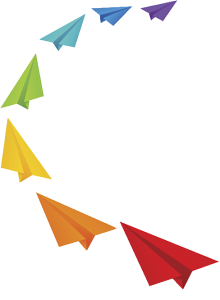
Fly away – design a paper plane that can zoom through the sky
One of the first occurrences of powered flights, and the best known, occurred in 1903
. It lasted 12 seconds and the aeroplane flew almost 37 metres. The plane was invented, designed, builtand flown by the Wright brothers.
Design your own and see how far it flies! Play around with the wings and see how that changes the way the plane flies.
Air Bee n Bee – make a home for bees
Bee populations in Australia and worldwide are declining due to the growth of our towns and cities. Over 99% of Australia’s 1,700 native bee species are solitary (they live alone) and don’t produce honey – you won’t find them in a hive. They live in small holes, and you can build a home for them!
Families all over the world are making hotels for bees out of recycled materials. These hotels can be a nesting place for bees in summer and a hibernation place in winter. You’ll attract lots of native bees to your garden, which will help the bees, and also help your plants to grow!
Get your parents to help you with this project. If you have tree stumps or logs, drilling holes in them is all you need to do. No logs? Any offcuts of timber will do, but make sure they have not been chemically treated. Drill the holes so the entrance faces sideways, not straight up.
Cement blocks and bricks with holes in them are also very simple hotels as long as one side is sealed – use a natural material like clay, mud or even mulch or dead leaves. Not superglue.
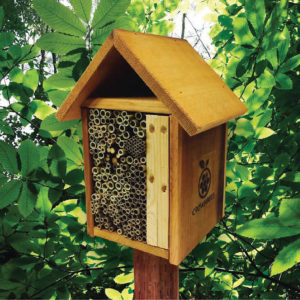
Save some for later – how do we preserve food?
Knowing how to preserve food has been essential throughout our history as humans – people were around and eating food long before fridges and freezers were around! In 1795, Nicholas Appert began experimenting with ways to preserve foodstuffs, succeeding with soups, vegetables, juices, dairy products, jellies, jams, and syrups. Many of his techniques are still in place today and are used for preserving produce.
There are many ways that food can be preserved. You can make your own preserves by bottling, pickling, drying, fermenting, salting, freezing, making bread and cooking.
HEAD TO A NATIONAL SCIENCE WEEK EVENT
Keen for even more science? Check out what events are happening near you.
Love nature? There are plenty of chances to look for animals! Meet native Australian animal or snuggle with newly hatched chicks.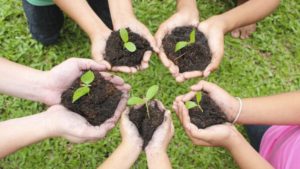
Get your hands dirty looking at bugs in the ground with microscopes or dig for dinosaur fossils.
Travel to the Moon and galaxies far beyond with virtual reality or with NASA scientist Darlene Lim, who’s visiting Victoria just for Science Week.
Learn how to code, design a video game, program robots, and be a young inventor as you take your technology and engineering skills to the next level!
Watch things go WHIZZ and BANG! Or FIZZLE and POP! Create massive bubbles. Or square bubbles. Mix chemicals together and see what happens. Put a lab coat on and do crazy experiments!
At -196°C (that’s suuuuuper cold), make liquid nitrogen ice cream for the creamiest ice cream you’ve ever made yourself to eat!